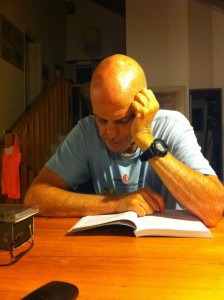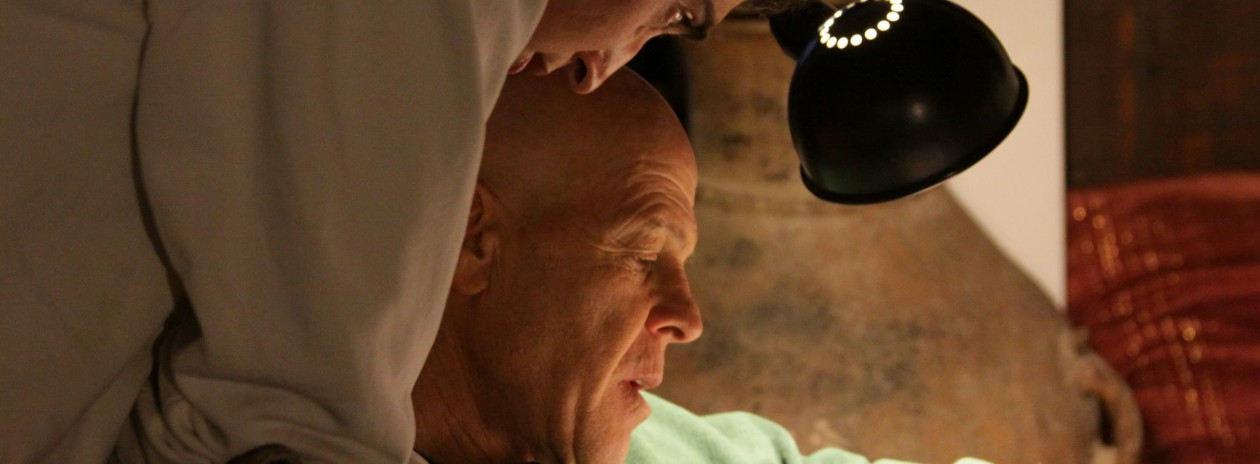I trace a surprisingly hitherto unchallenged tendency of academic study to focus either on the precipitants of suicide terrorism or on its consequences.
Notes by Prof. Gideon Aran

The literature looks, on the one hand, at what preceded and ostensibly led to the attack (i.e. the HB’s psychological and social profile, his motivations and the organization’s ideology, the recruitment and indoctrination of the HB, the structure of the terrorist cell, the socioeconomic conditions that give rise to ST, the policies and military actions that elicit it, and the culture that embraces ST and praise the HB).
On the other hand, the literature has examined what happens after the attack and as a result of it (i.e. state responses to terrorism including counterterrorist measures, reorganization of the targeted group and the rehabilitation of the injured, post-traumatic syndrome, the media processing of the event, the ensuing public discourse on terrorism and the formation of collective memory in both opposing communities).
In academia as well as intelligence agencies and political establishments, there are experts in pre- and post-terrorism but none in what happens in between. The prevalent study of ST turns away from the thing itself, drawn toward its margins.
I therefore propose to study ST from a new, essential angle, focusing on the site and time of the attack, laden with meaning though clouded with fog. This study zeros-in on the actual arena of ST. For this objective a field study is needed, one ideally based on unmediated systematic observation. …However [obvious reasons] make direct observation of terrorist attack practically impossible. […the natural obstacles] can be partially overcome through sophisticated methods of simulation, reconstruction, and proximation.
The few seconds prior to a ST and the explosion itself will ever be elusive for the scholarly investigator. His/her only recourse is a methodic study of the scene during the first minutes immediately after the attack and during the hours that follow. This will at least provide a foundation for conjectures. But how can this be done? A curiously practical way of getting closest to a ST act, both in space and in time, is offered by Zaka.
Gideon Aran is a professor of sociology and anthropology at the Hebrew University, Jerusalem
